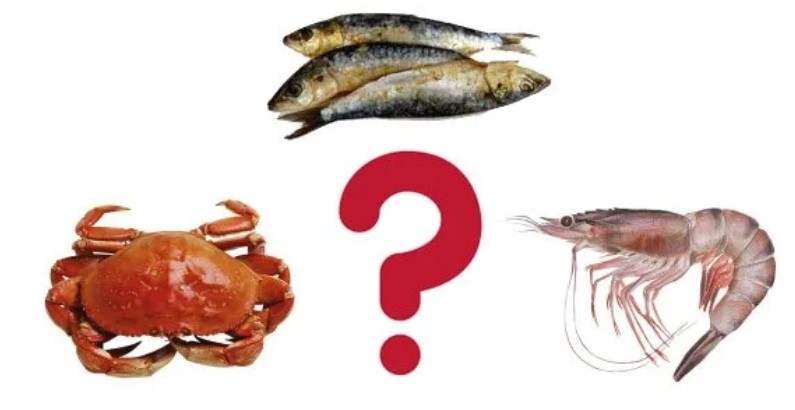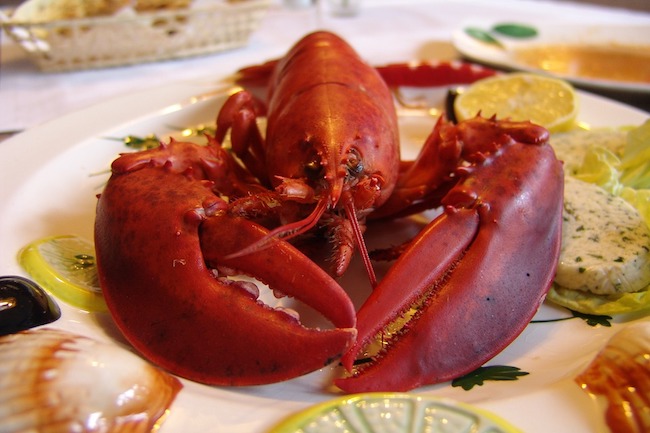Scientists Find Microplastics In Most Seafood But Which Type Has The Highest Amount? By Mayukh Saha for Natural Blaze
You might not know but you are exposed to microplastics by ingesting or inhaling the particles.
When you chomp on fried oysters, clam chowder, or scallops, you are consuming tiny pieces of plastics. Mollusks like oysters and mussels contain high amounts of microplastics among seafood. The ones gathered off the coasts of Asia contained the highest amounts after researchers reviewed 50 studies testing several samples intended for human consumption.

Crustaceans and fishes contained plastic fragments as well and the studies were published in Environmental Health Perspectives.
The pieces of plastic had degraded from large chunks of plastic in the water, according to the National Oceanic and Atmospheric Administration. The sources also included microbeads which were added as exfoliants to beauty products and were later flushed down the drain.
Researchers had estimated that 14 million tons of microplastics are found on ocean floors, owing to a study which was published in Frontiers in Marine Science. These plastics pose as harmful objects to oceanic and aquatic life.
Human beings are constantly exposed to these particles via ingesting or inhaling, as they were detected in lung tissues, stools, and even in the gastrointestinal tracts. A recent study had also found that plastic bottles for babies expose infants to millions of microplastics.
How Do These Microplastics Affect The Health Of Human Beings?
Researchers are still trying their best to find out how these plastics are affecting humans. The presence of these elements raises some concern but it is quite difficult to measure any associated risk, as stated by author Evangelos Danopoulos. Evangelos is an environmental pollution researcher and a postgrad student at the Hull York Medical School in York, England.
He added that human and animal cell research had proved that microplastics can have adverse effects.
“The nature of microplastics makes them intrinsically hard to research because we are looking at a mixture of a lot of different polymers, with different sizes and concentrations,” Danopoulos told TODAY.
“Although we know some polymers can cause effects to humans at the cellular level, we don’t know exactly what kind of ‘dose’ will have those effects and if that level of dose is one likely to be encountered at the typical levels likely to occur through seafood consumption.”




